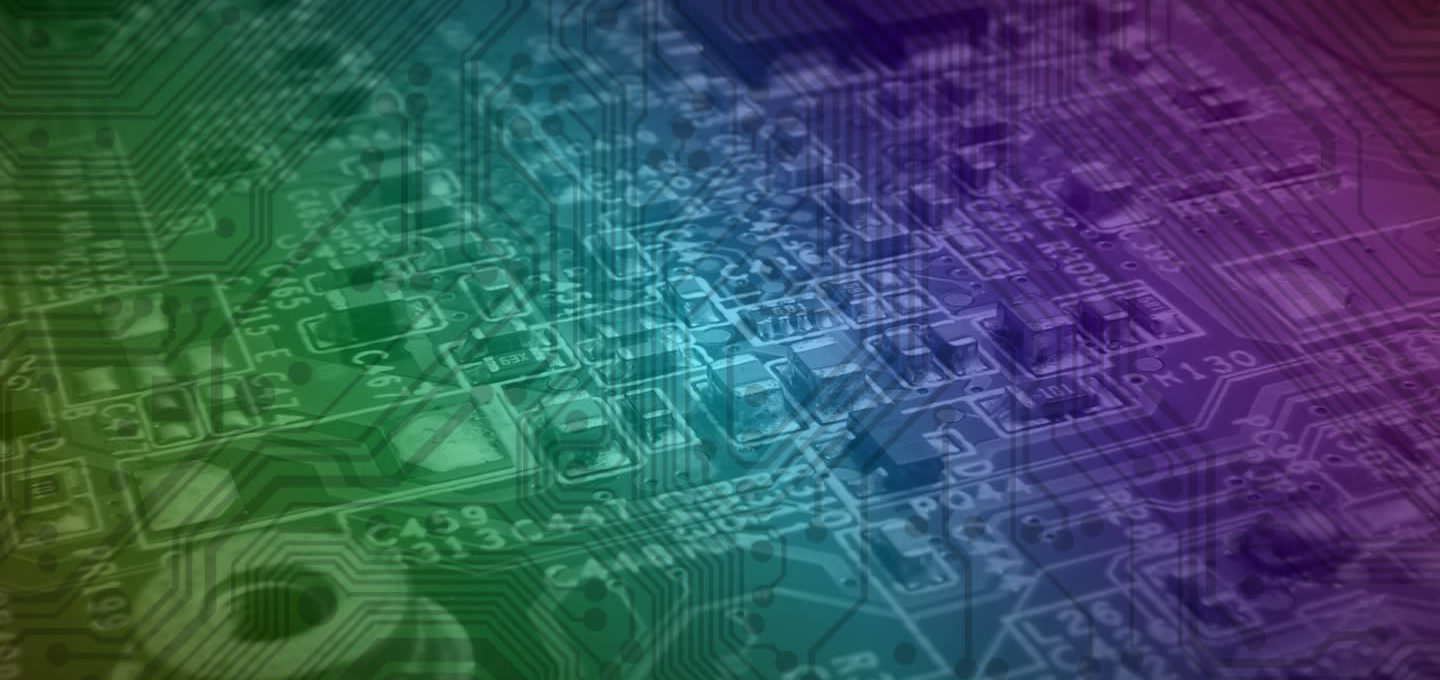We are creating data at an ever-increasing rate, whether that is home users taking more photographs and videos or businesses tracking more elements to help make better decisions. And storing all this information is a tough task. Reliable and quick-access data storage has become more important than ever, and this means it is about time we all moved on from using hard disk drives (HDDs) and make flash storage the default option for all consumer and business solutions.
 HDDs have served us well. Invented back in 1956 by IBM, hard drives use rapidly spinning platters of disks to store magnetised data, and today let us cheaply store up to 14TB of data in a single drive. It is a wonder how reliable these drives have become in recent years, with each drive spinning physical disks at between 5,400 (laptops) to 7,200 (desktop) times per minute or more and the heads moving rapidly around the disks to seek the data. However, as with everything mechanical, these drives can wear out with 1-2% of drives failing each year on average in a datacentre environment.
HDDs have served us well. Invented back in 1956 by IBM, hard drives use rapidly spinning platters of disks to store magnetised data, and today let us cheaply store up to 14TB of data in a single drive. It is a wonder how reliable these drives have become in recent years, with each drive spinning physical disks at between 5,400 (laptops) to 7,200 (desktop) times per minute or more and the heads moving rapidly around the disks to seek the data. However, as with everything mechanical, these drives can wear out with 1-2% of drives failing each year on average in a datacentre environment.
Flash storage is completely different. Rather than using mechanical spinning disks to storage data, flash storage has no moving parts, with the data written to the NAND chips electronically. As the data does not have to be “seeked” with a physical arm across a disk, the data on flash storage can be written and read at much greater speed. By comparison, a modern 7,200 RPM drive today can read/write data at around 80-160 MB/s, while a good NVME SSD offers speeds more like 3,500/2,500 MB/s – the differences are staggering.
For those used to waiting 30 seconds or more for their PC to boot up, a move to NVME storage can make the process near instant. Whilst a straight swap would mean using a SATA SSD rather than NVME, and so speeds will be limited by the SATA interface, you should still see speeds of around 550/520 MB/s, which is a huge performance increase. Add to this the inherent safety of having no moving parts, and all laptop drives should be SSDs already – there is little excuse to still be making new laptops with HDDs at this point.
For servers, using high speed SSDs means websites can be delivered more quickly and for modern data-driven companies that need to run complex tasks, storage that is 20 times faster will mean quicker results and better analysis. The only reason HDDs are still with us is that they remain a cheaper option to store large amounts of data, with a 6TB HDD costing about the same as a 1TB SSD, and so for companies looking to store huge amounts of data, HDDs could be useful for another year or two.
However, with SSD prices falling rapidly and all the benefits they bring – everyone should be making the switch with product refreshes. All new laptops, desktops, and servers should be using SSDs today and by buying technology that offers the NVME interface you are preparing for the future where your storage solution is no longer the bottleneck.
Images by Gabovert and FreePhotosART.
This post was written in collaboration with Nakturnal.

